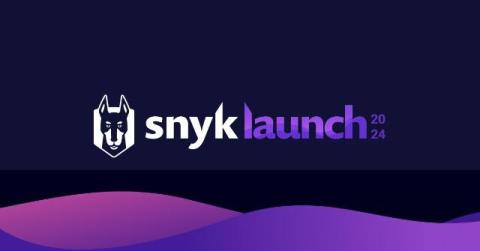Why Presidio and Other Data Masking Tools Fall Short for AI Use Cases Part 1
Data privacy and security are critical concerns for businesses using Large Language Models (LLMs), especially when dealing with sensitive information like Personally Identifiable Information (PII) and Protected Health Information (PHI). Companies typically rely on data masking tools such as Microsoft’s Presidio to safeguard this data. However, these tools often struggle in scenarios involving LLMs/AI Agents.











